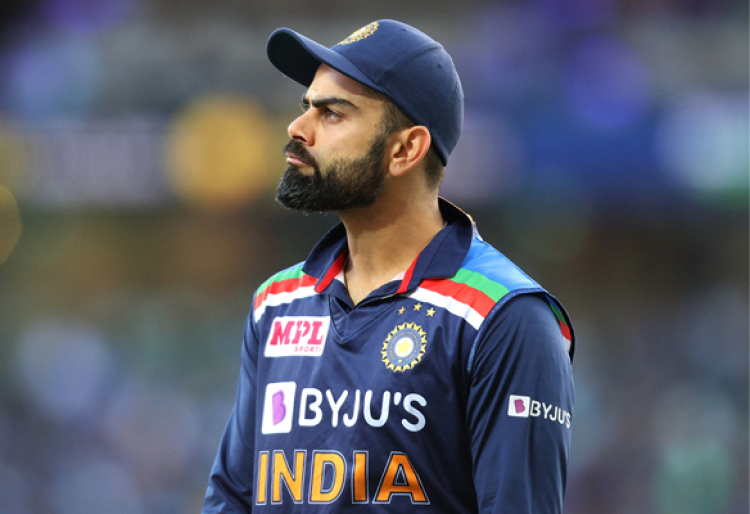
The captain of India’s national cricket team, Virat Kohli, recently found himself the subject of heated discussion after he took paternity leave during his team’s tour of Australia (not that India suffered too much as a result; in fact, it prevailed 2-1 in what is being hailed as one of the greatest Test series of all time).
And while Kohli is enjoying his newfound fatherhood — he recently updated his Twitter profile to call himself a “proud father” — he has become the face of a fierce debate around paternity leave rights and labour laws in India.
Avik Biswas, partner at IndusLaw, says the paternity leave taken by Kohli – who might have the second-most high-profile job in India today – struck a chord for a number of reasons.
“To begin with, the profile of the sportsman himself was a factor in the hullabaloo together with the importance of the Australia tour that he was scheduled to miss a part of,” Biswas says, adding this was further fueled by the fact that there haven’t been many recent examples of high-profile sportsmen taking paternity leave.
Also controversial was the tidbit that the Board of Control for Cricket in India (BCCI) may not have a formal paternity leave structure in place — although as Biswas points out, it currently isn’t legally obligated “whatsoever” to have one.
And this is where the crux of the debate lies — while women are granted maternity leave, India’s employment legislation does not mandate paternity leave in the private sector. Male government employees may take paternity leave, although this is far from generous.
But this is set to change. While it is yet to become law, the Paternity Benefit Bill, 2017, which mandates paternity leave of 15 days across all sectors has been introduced in Parliament.
According to Biswas, India currently has over 100 state and 40 federal legislations regulating various aspects of labour across all sectors.
“Given the sheer quantum of the legislations, it often becomes challenging for companies to be consistently compliant especially when they have operations in more than one state,” he says.
In order to simplify this, India has consolidated the majority of existing labour laws into four Labour Codes, which are expected to make compliance easier. While these have been passed by Parliament, it not currently known when they will come into effect.
While the political process may be dragging somewhat, regardless, there is already something of a cultural shift afoot when it comes to paternity leave for fathers.
“The expectation in the market is that a paternity leave requirement will be statutory law in the very near future,” Biswas says, noting this has led to there being something of cultural change around paternity leave for male employees despite there being no obligation to do so.
“The key contribution to making paternity leave a norm and a legitimate expectation is undoubtedly the progressive, modern and pragmatic outlook of an employer — apart from statutory requirements of course,” Biswas says. And if India’s working men find themselves receiving paternity leave starting from this year onwards, they might have a certain combative cricket captain to thank.